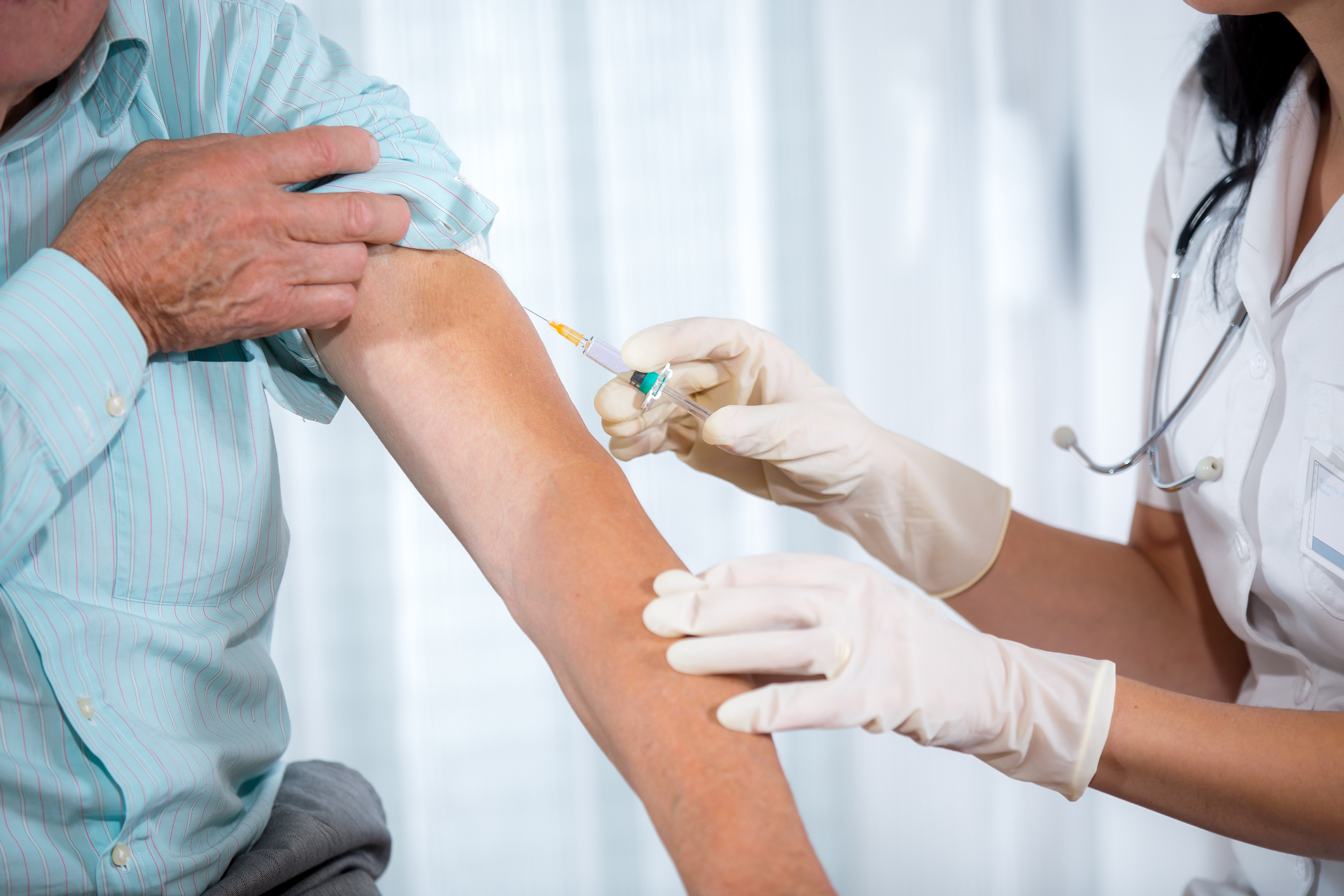Although it is recommended that all adults get the flu shot before the end of October, with a delay by the World Health Organization in releasing information about which strain should be included in this season’s vaccine, it’s not too late to get an annual immunization, even into January.
Because of the WHO delay, manufacturers were behind by about month this year and patients who visited their doctor in the fall may not have been able to receive their flu shot. Now with the holiday season approaching and more people visiting and travelling, spreading viruses, it’s important to revisit plans to be vaccinated. Older adults who were not able to get the high-dose vaccine earlier in the season should talk with their doctor about getting a second shot that may help stimulate a better immune system response than the normal vaccine now that the delay is over.
According to the Centers for Disease Control and Prevention, between 70 and 85 percent of flu deaths are among seniors and roughly 70 percent of people hospitalized as a result of the flu are older adults. In Oklahoma, between September 1, 2019, and November 30, 2019, there have already been 3 deaths associated with influenza in patients over the age of 50. The greatest number of hospitalization from the flu have been among adults over the age of 65, according to the Oklahoma State Department of Health.
In addition to getting an annual flu shot, older adults can stay well during flu season by washing hands frequently, avoiding contact with sick people and encouraging family and friends to cover their nose and mouth when coughing or sneezing. If you notice symptoms of flu, talk with your doctor right away about antiviral medications and other treatments.
Symptoms of the Flu
- Cough, often becoming severe
- Extreme exhaustion
- Fatigue for several weeks
- Headache
- High fever
- Runny or stuffy nose
- Severe aches and pains
- Sneezing at times
- Sometimes a sore throat
- Vomiting and diarrhea
Source: Johns Hopkins Medicine






Add Your Voice
0 Comments
Join the Discussion